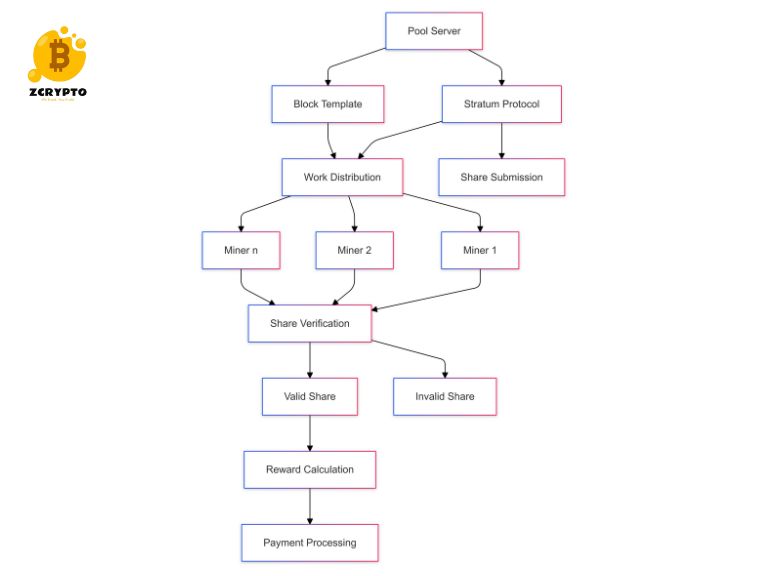In the world of business, making the right investments can be the difference between stagnation and exponential growth. Capital Expenditure (CapEx), or the funds used by a company to acquire, upgrade, and maintain physical assets, is a crucial aspect of this strategy. Effective management of CapEx can significantly impact a company’s financial health, operational efficiency, and long-term success. In this article, we will delve into the intricacies of CapEx, its distinction from operational expenditures (OpEx), and provide a comprehensive guide on how to create an effective CapEx budget, evaluate investments, and implement robust approval and monitoring processes.
- How to Trade the Ascending Triangle Pattern: A Comprehensive Guide for Investors
- What is ODL (On-Demand Liquidity)?
- Unveiling the Black Box Model: How Automated Trading Strategies Shape Modern Finance and Investments
- Unlock Capital with Asset-Based Lending: A Comprehensive Guide to Securing Business Loans
- Mastering the Bear Spread: A Comprehensive Guide to Bearish Options Strategies
What is Capital Expenditure?
Capital Expenditure refers to the funds spent by a company on acquiring or upgrading physical assets such as buildings, machinery, technology upgrades, and other long-term investments. Unlike Operational Expenditures (OpEx) which are day-to-day expenses necessary for the ongoing operation of the business, CapEx involves investments that are expected to generate benefits over several years.
You are viewing: Mastering Capital Expenditure: How to Boost Business Growth and Efficiency Through Strategic Investments
For instance, if a manufacturing company decides to purchase new machinery to increase production capacity or upgrade its IT infrastructure to enhance efficiency, these expenditures would be classified as CapEx. These investments are capitalized on the balance sheet rather than being expensed immediately on the income statement. This treatment reflects their long-term nature and allows companies to spread the cost over the asset’s useful life.
Differences Between CapEx and OpEx
Understanding the distinction between CapEx and OpEx is vital for accurate financial reporting and strategic planning.
-
Asset Type: CapEx involves investments in long-term physical or fixed assets like real estate, equipment, and technology upgrades. In contrast, OpEx includes short-term expenses such as salaries, utilities, and raw materials.
-
Financial Treatment: CapEx is capitalized on the balance sheet and depreciated over time through amortization or depreciation. OpEx is expensed immediately on the income statement.
-
Cash Flow Implications: CapEx typically requires significant upfront cash outlays but can lead to future cost savings or revenue increases. OpEx involves recurring expenses that are necessary for daily operations.
This differentiation is crucial because it affects how these expenditures are reported in financial statements and how they impact cash flow.
Creating an Effective CapEx Budget
Developing a comprehensive CapEx budget involves several key steps:
-
Assess Needs: Evaluate the CapEx needs across different departments within your organization. This includes identifying areas where new assets or upgrades are necessary to support business growth or maintain operational efficiency.
-
Evaluate Economic Feasibility: Assess the economic viability of each proposed investment using metrics such as Return on Investment (ROI), Net Present Value (NPV), and Internal Rate of Return (IRR).
-
Set Budget Limits: Determine a budget limit based on assessed needs and overall business growth objectives. Ensure that this limit aligns with your company’s financial capabilities.
-
Prioritize Investments: Prioritize investments that offer the highest ROI and align most closely with your strategic goals. This ensures that limited resources are allocated efficiently.
-
See more : What is ODL (On-Demand Liquidity)?
Build Contingencies: Include contingencies in your budget to account for unexpected expenses or changes in project scope.
Regular monitoring and adjustments are also essential to ensure that the budget remains aligned with evolving business needs.
Evaluating and Prioritizing CapEx Investments
Evaluating potential CapEx investments rigorously is critical for making informed decisions.
-
Financial Metrics: Use financial metrics such as NPV, IRR, and payback period to evaluate the viability of each investment.
-
Qualitative Factors: Consider qualitative factors such as company strategy, competitor moves, regulatory changes, and industry trends when assessing potential investments.
-
Prioritization: Prioritize projects based on their potential return and alignment with strategic goals. This ensures that resources are allocated towards initiatives that will drive the most value.
By combining both quantitative and qualitative analyses, you can make more informed decisions about which investments will best support your business objectives.
Implementing a Robust Approval Process
A structured approval process is essential for ensuring that all CapEx investments are thoroughly vetted before approval.
-
Clear Guidelines: Define clear guidelines and criteria for investment proposals to ensure consistency in evaluation.
-
Governance Structure: Establish an effective governance structure involving key stakeholders and decision-makers who can review proposals comprehensively.
-
Comprehensive Documentation: Require comprehensive documentation including business cases and risk assessments for each proposal.
This structured approach helps in minimizing risks associated with large-scale investments.
Monitoring and Controlling CapEx Expenditures
Monitoring and controlling CapEx projects is crucial for ensuring they stay on track financially and operationally.
-
See more : Unlocking Active Management: Strategies, Benefits, and Risks in Investment Portfolio Management
Key Performance Indicators (KPIs): Establish KPIs to track project milestones, budget adherence, and expected returns.
-
Regular Reviews: Regularly review actual results against projected outcomes to identify any deviations or areas needing adjustment.
-
Centralized Project Management Systems: Use centralized project management systems to enhance visibility across all projects and facilitate timely decision-making.
By closely monitoring these aspects of CapEx projects, you can ensure they deliver their intended benefits without unnecessary delays or cost overruns.
Phasing and Cash Management of CapEx
Phasing your CapEx budget into smaller manageable amounts helps in managing cash flow effectively:
-
Break Down Budgets: Break down the overall budget into smaller phases to reduce risk associated with large upfront expenditures.
-
Cash Impact Evaluation: Evaluate the cash impact of each phase by preparing a cash curve for significant investments.
-
Resource Identification & Financing Options: Identify necessary resources including financing options well in advance to avoid last-minute scrambles which could increase costs or delay projects.
This approach ensures smoother execution of large-scale investments without straining your company’s cash reserves excessively.
Continuous Evaluation & Optimization
Continuous evaluation & optimization are key components of effective CapEx management:
-
Regular Portfolio Reviews: Regularly review your investment portfolio to assess performance against initial expectations.
-
Identify Areas For Improvement: Identify areas where improvements can be made based on performance data collected over time.
-
Adjust Strategies Accordingly: Adjust your investment strategy based on insights gained from these reviews as well as changes in market trends, technological advancements & regulatory changes.
Staying updated on these factors ensures that your investments remain aligned with evolving business needs thereby maximizing their impact on growth & efficiency.
Source: https://summacumlaude.site
Category: Blog







